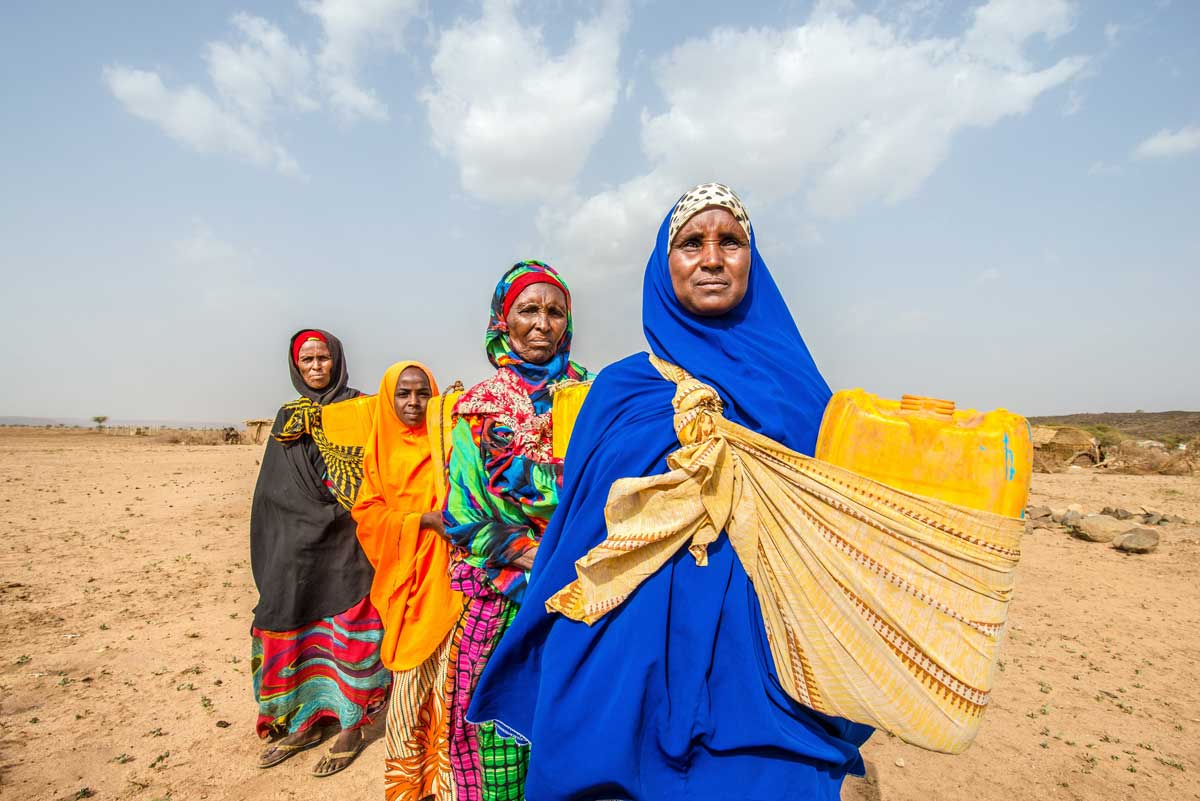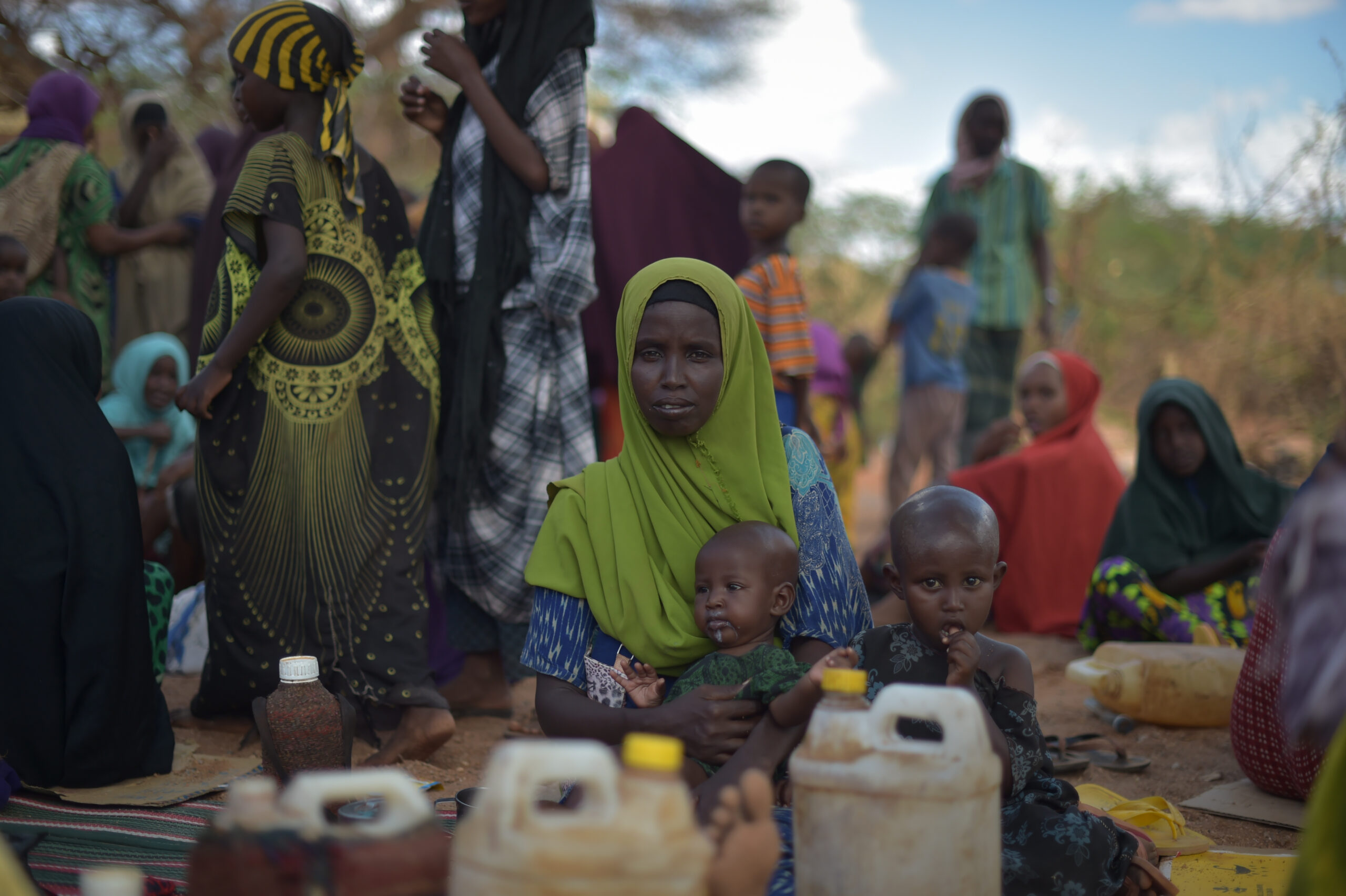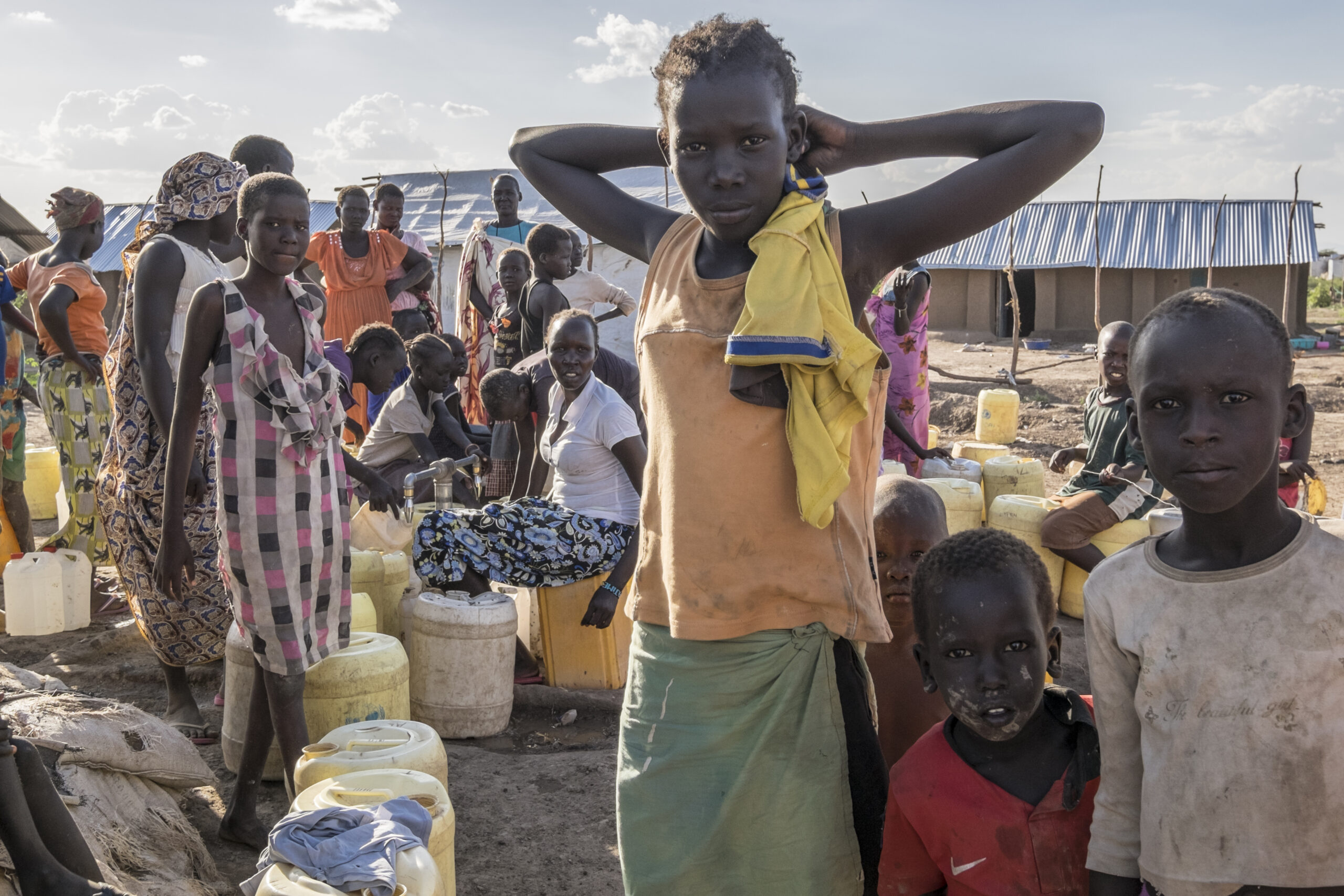ReDSS has conducted a solutions analysis identifying gaps and opportunities to inform local integration planning and programing for refugees who have been in Ethiopia for over 20 years residing in camps and urban areas of Gambela and Somali regions. The analysis is based on the ReDSS Solutions framework and involves a very participatory and consensus building approach including consultations and validation workshops with displacement affected communities and other key stakeholders.
Following the 2016 Leaders’ Summit held in New York, the Government of Ethiopia made nine pledges to strengthen its support to refugees, shifting from a “care and maintenance” or camp-based model of refugee assistance to an approach which emphasizes refugee self-reliance, refugee mobility in-country and the integration of refugees into regional and national development processes. In light of these commitments, local integration of refugees has become a possibility; but more efforts are required to assess how it can be made an operational and sustainable reality. To translate this into an operational outcome, a whole of society approach is required: bringing together development and humanitarian actors, government, civil society organizations and private sector with the participation of communities to change the status quo in camp and urban settings.
The findings and recommendations from this analysis are currently being discussed with the government of Ethiopia and key stakeholders. It is hoped that the analysis will contribute to informing the implementation of the “local integration pledge” (pledge 6), the ongoing Comprehensive Refugee Response Framework (CRRF) discussion, and the implementation of IGAD’s comprehensive plan of action for Somali refugees and returnees.
Refer to Ethiopia solutions analysis page for the full report, executive summary and presentation.



